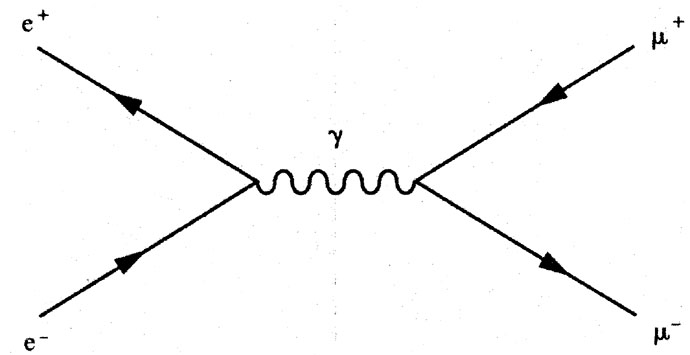Materials Needed
- ruler, t-square, exacto knife
- pencils
- 9×12″ bristol
- glue
- scraps (paper, photos, magazine images, fabric, candy wrappers, sandpaper, wrapping paper, etc. ) that have a broad range of value, saturation, and hue.
Critique:
All Color Studies.
Discussion / Lab :
Saturation and the Illusion of Space
Spacial depth can be created with contrasts in saturation (chromatic gray, muted, prismatic color), color temperature (cool/warm) and of course, value (light/dark).
- Temperature: Cool colors (blue/violet) recede, warm colors (orange/yellow) come forward
- Saturation: Chromatic grays and muted colors recede, prismatic colors come forward.
- Value: Dark colors recede, light colors come forward.

Cross-Sensory Metaphors and Synesthesia
- Cross-sensory metaphors (e.g., “loud shirt,” “bitter wind” or “prickly laugh”) are sometimes described as “synesthetic”. Synesthesia is the neurological mixing of the senses. Synesthes might associate a color with a number or sound with a letter or form.
- Grapheme → color synesthesia is a form of synesthesia in which an individual’s perception of numbers and letters is associated with the experience of colors.
- Booba/ Kiki Effect: From Amber Jensen: Synesthesia. Lethbridge Undergraduate Research Journal. 2007. Volume 2 Number 1.
- A popular experiment is the “Booba/ Kiki Effect”. In this experiment, originally designed by Gestalt psychologist Wolfgang Kohler, two shapes (shown below) are shown to subjects. They are asked which one is a ‘booba’ and which one is a ‘kiki’. An overwhelming 98% of subjects chose the curvy figure as a ‘booba’ and the pointed figure as a ‘kiki’.

- By understanding how this effect works, we can think of this type of cross-activation (sound and shape) as similar to how synesthetes’ perceptual maps are cross-activated.
- A popular experiment is the “Booba/ Kiki Effect”. In this experiment, originally designed by Gestalt psychologist Wolfgang Kohler, two shapes (shown below) are shown to subjects. They are asked which one is a ‘booba’ and which one is a ‘kiki’. An overwhelming 98% of subjects chose the curvy figure as a ‘booba’ and the pointed figure as a ‘kiki’.
- Many well known artists, poets, scientists have synesthesia, for example:
- David Hockney: Artist (born July 9, 1937). Music → color. Hockney sees synesthetic colors to musical stimuli. In general, this does not show up in his painting or photography artwork too much. However, it is a common underlying principle in his construction of stage sets for various ballets and operas, where he bases the background colors and lighting upon his own seen colors while listening to the music of the theater piece he is working on.

- Richard Feynman: Physicist (May 11, 1918 – February 15, 1988). Graphemes → color. Winner of the 1965 Nobel Prize in Physics. Feynman experienced colored letters and numbers . He developed a widely used pictorial representation scheme for the mathematical expressions governing the behavior of subatomic particles, which later became known as Feynman diagrams.

- “When I see equations, I see the letters in colors – I don’t know why. As I’m talking, I see vague pictures of Bessel functions from Jahnke and Emde’s book, with light-tan j’s, slightly violet-bluish n’s, and dark brown x’s flying around. And I wonder what the hell it must look like to the students.” — From Richard Feynman, p. 59.
- David Hockney: Artist (born July 9, 1937). Music → color. Hockney sees synesthetic colors to musical stimuli. In general, this does not show up in his painting or photography artwork too much. However, it is a common underlying principle in his construction of stage sets for various ballets and operas, where he bases the background colors and lighting upon his own seen colors while listening to the music of the theater piece he is working on.
References:
Free Study: Combined Saturation
- Break into groups of three and choose one word that is associated with either warm or cool color temperature.
- Using your group’s box-o-scraps create a 9×12 or larger composition of your choice that demonstrates the concepts we covered in our Saturation Studies
- Chromatic gray
- Muted color
- Prismatic color
- Narrow Value (High-Key or Low-Key) or Broad Value
- Temperature (warm and cool)
- Explore how Saturation and Value can be used to show spatial depth: the TEXT element (your chosen word) is the focal point and should be emphasized through the use of saturation and value contrasts.
- Your composition should also demonstrate a well-considered figure-ground relationship, unity, and economy.
- Do not rely on white or black and fill the entire page with color.
- If your composition is not complete by the end of the class, decide as a group how you will complete it.
Homework:
- Complete your Free Studies assignment.
- We will take a field trip next class and may have a guest speaker. BE HERE ON TIME!